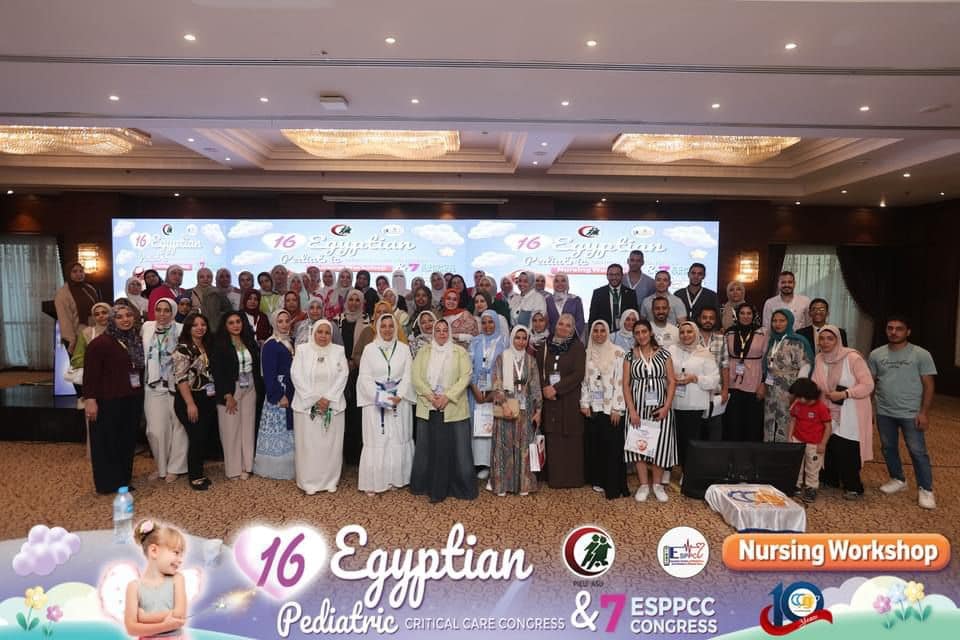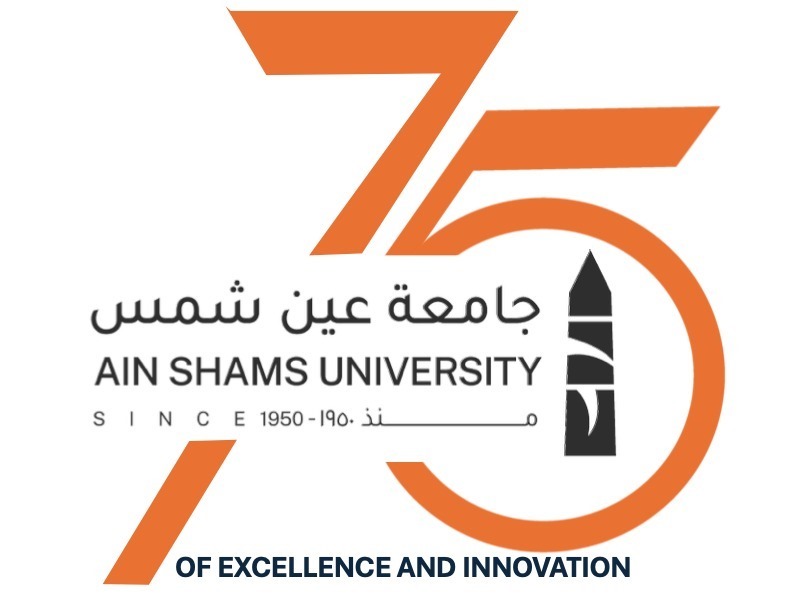The recommendations of the sixteenth scientific conference “for the pediatric intensive care unit” at Ain Shams University Hospitals
The activities of the sixteenth scientific conference of the Pediatric Intensive Care Unit at Ain Shams University Hospitals, which was held under the patronage of Prof. Mohamed Diaa Zain El-Abedeen, President of the University, Prof. Ali Al-Anwar, Dean of the Faculty of Medicine and Chairman of the Board of Directors of University Hospitals, and Prof. Tarek Youssef, Executive Director of Ain Shams University Hospitals.
The Unity Conference used to add something new every year to the field of pediatrics and critical cases, and its main interest this year was to provide a means of assistance to advance the scientific research specialized in this delicate field for young doctors. It announced the issuance of the first scientific research journal in Egypt in the specialty of pediatric critical cases, which is scheduled to be The first issue will be published in December 2024, sponsored by the Egyptian Knowledge Bank.
The conference aimed to raise the level of pediatricians' performance in the field of pediatric emergency medicine and critical cases for children by publishing the latest scientific protocols in this field, in addition to presenting critical cases to teach how to deal with them.
The conference also included scientific and practical sessions for nursing staff members, which is considered the best workshop in Egypt and the Middle East, and which received great demand from inside and outside Egypt.

The conference was chaired by Prof. Tarek Abdel Gawad, Professor of Pediatrics at Ain Shams University and former head of the Pediatric Intensive Care Unit, Prof. Hanan Ibrahim, Head of Intensive Care Units at Ain Shams University, and Conference Secretary, Prof. Mervat Gamal, Head of the Pediatric Cardiac Surgery Care Unit at the Heart Academy and Professor of Pediatrics, and Prof. Ahmed Rizk, Assistant Professor of Pediatrics at Ain Shams University, general coordinator of the conference, and in the presence of Dr. Manal Hamdi Al-Sayed, Head of the Children’s Department, Dr. Yasmine Jamal, Director of the Children's Hospital.
This year, the annual conference for pediatric intensive care at Ain Shams University focused on completing the message of communication with all medical service providers for children, led by members of the nursing staff and nursing supervisors, by holding a workshop on the first day of the conference that dealt with training nursing groups on interactive and professional methods of communication with patients’ families and with Doctors and their nursing colleagues improve the work environment and make it more productive and positive to serve the patient.
They were also trained on the best way to handle respirators and to use all methods to understand and follow the patient’s vital signs, respond quickly, and seek help from the doctor at the optimal time to save the child.
The nursing workshop was attended by approximately 100 nurses from various Egyptian hospitals, including university hospitals, private hospitals, army and police hospitals, and hospitals affiliated with the Ministry of Health. A group of professors from the Faculty of Medicine and the Faculty of Nursing were trained in the workshop.
Another training workshop for nursing will be held at the beginning of next October.
In the closing session, the conference’s recommendations were announced, most of which revolve around the latest treatment methods for incurable diseases in children outside the usual medical fund, whether the use of therapeutic nutrition for intractable immunological digestive diseases or the use of biological medications.
The recommendations also included the necessity of optimal use of all aspects of drug therapy in intensive care to avoid exposing patients to risks, emphasizing the importance of patient safety from the occurrence of complications in intensive care. The latest methods for treating blood clotting in children were presented, as well as treating high-risk respiratory infections in children, in addition to shedding light on how to teach young doctors to distinguish between several diseases that have similar symptoms but contain within them other, more serious diseases.


.svg)

